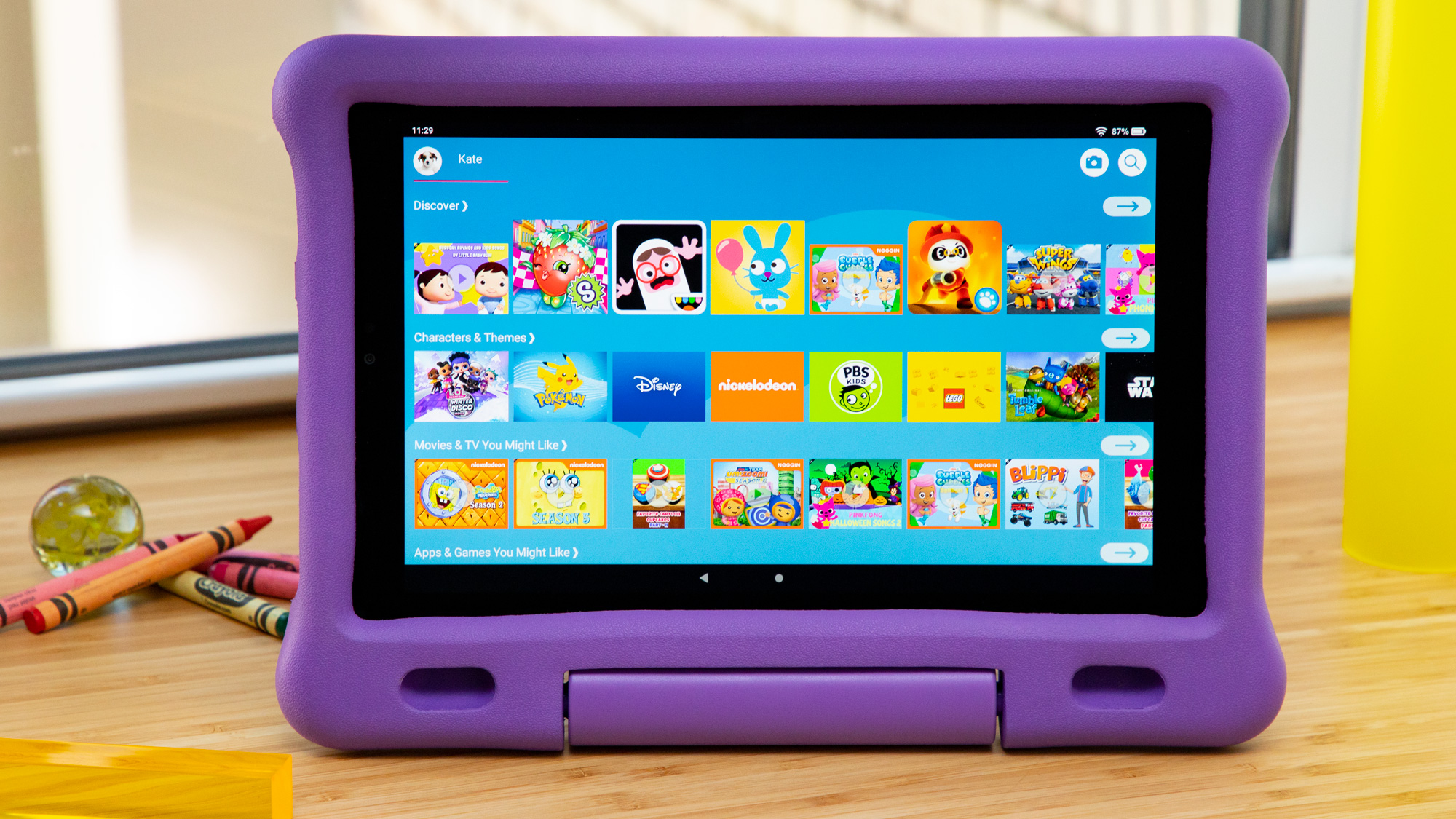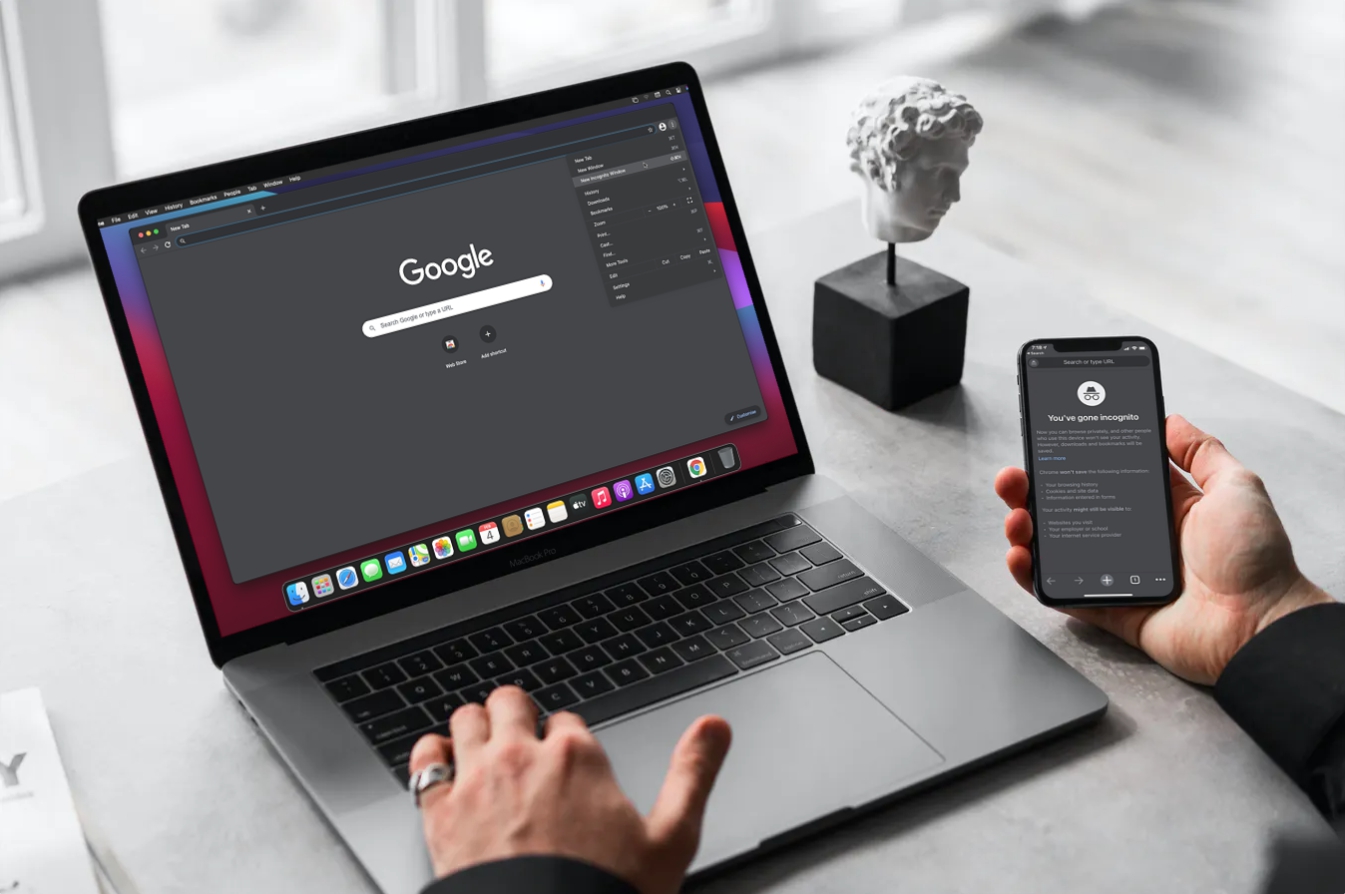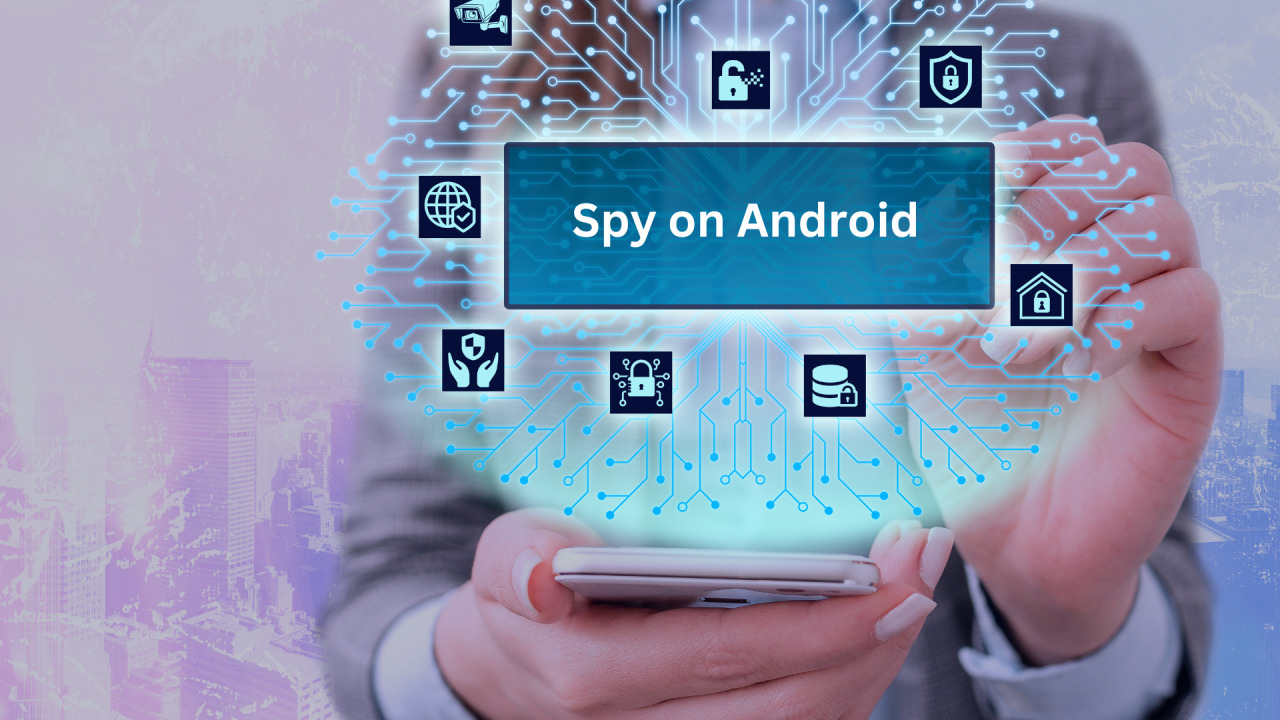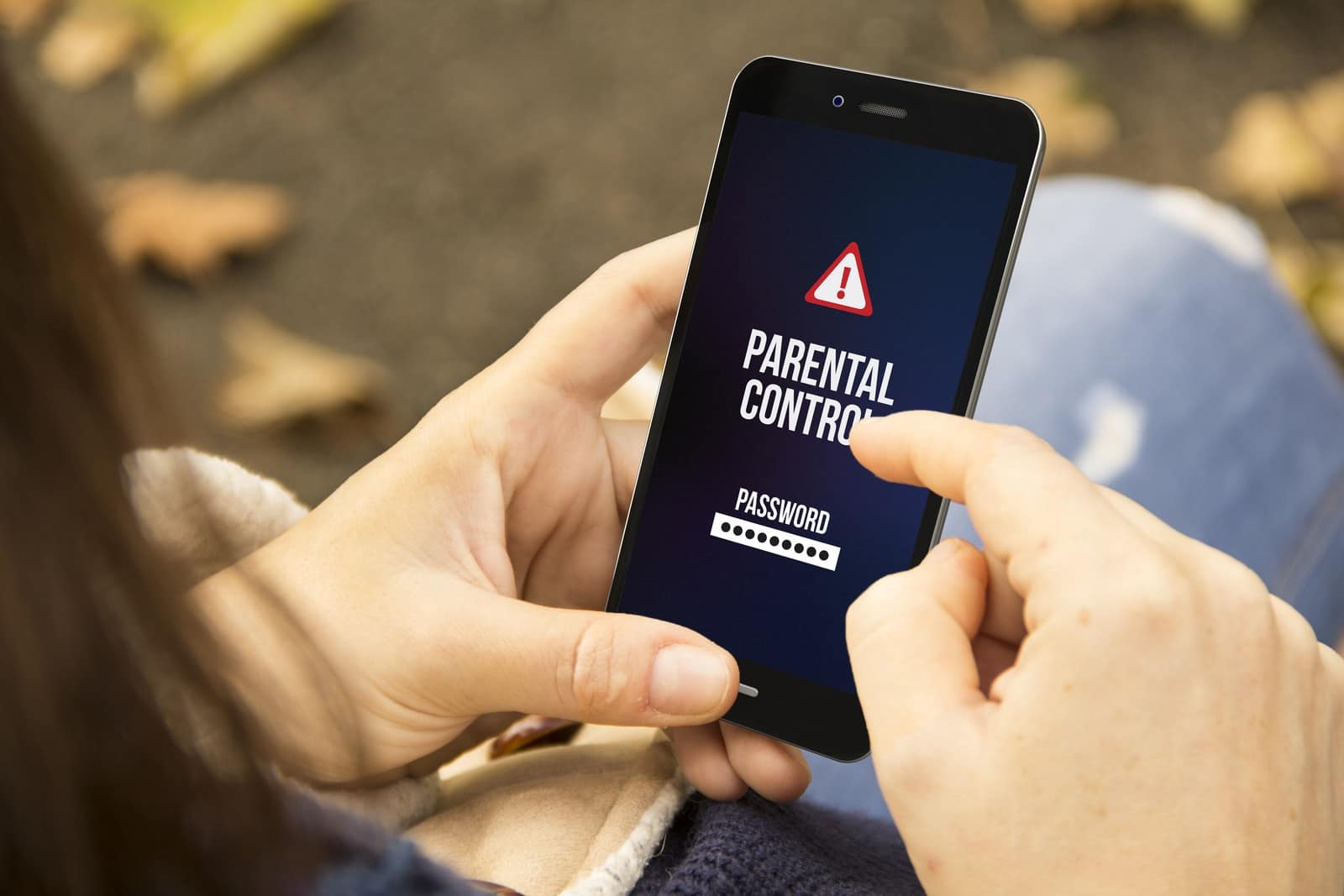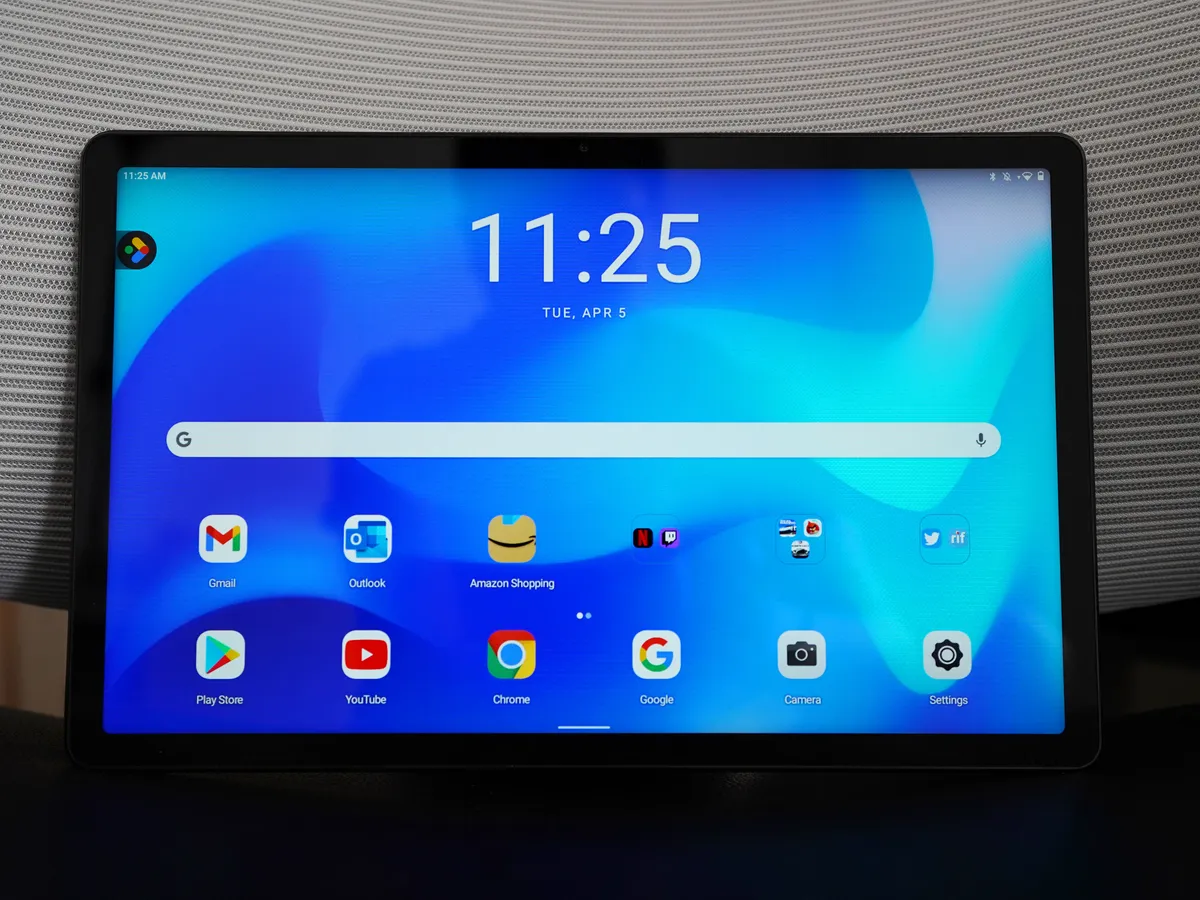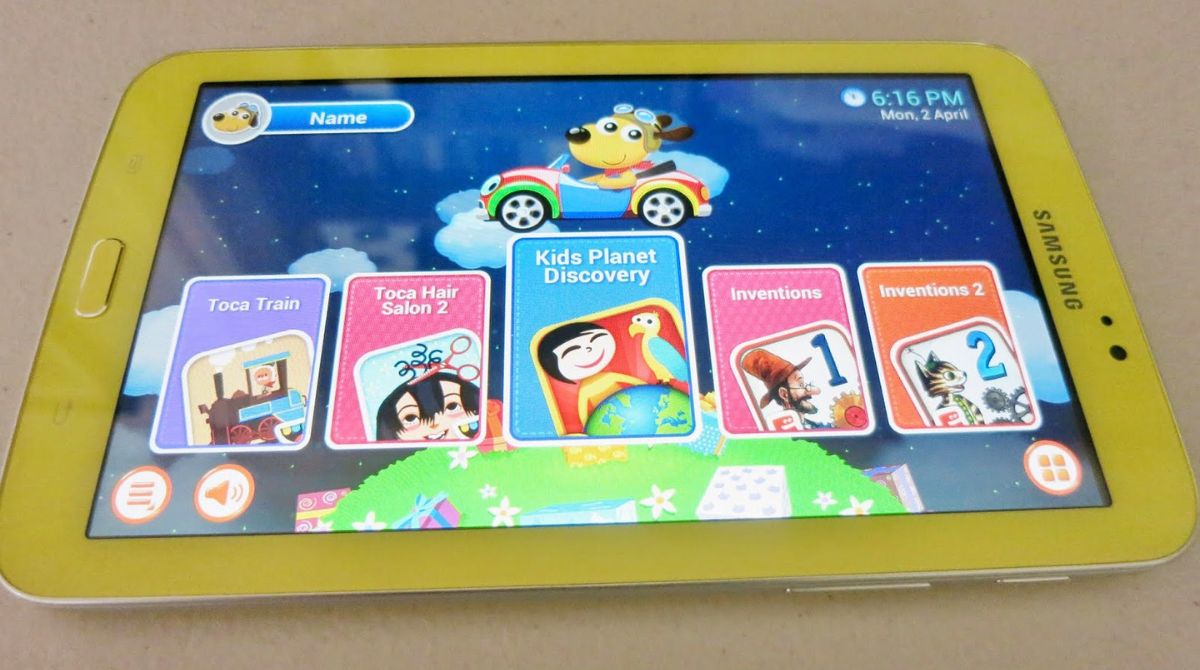Introduction
As a parent, ensuring your child's safety in the digital world is a top priority. With the pervasive use of smartphones, children often have access to features that can pose risks to their online safety. One such feature is the mobile hotspot, which allows the sharing of the phone's internet connection with other devices. While this functionality can be useful in certain scenarios, it also presents potential dangers when in the hands of a child.
In this article, we'll delve into the intricacies of hotspot usage on a child's Android phone and explore the risks associated with allowing this feature. Furthermore, we'll provide a comprehensive guide on how to disable the hotspot on your child's Android device using parental control settings. By implementing these measures, you can effectively safeguard your child from the potential perils of unrestricted internet access via the hotspot feature.
In the subsequent sections, we'll examine the implications of hotspot usage for children and the importance of parental control in mitigating these risks. Additionally, we'll discuss the steps involved in disabling the hotspot feature on an Android phone and highlight the benefits of leveraging parental control tools to oversee and manage your child's device usage effectively. By the end of this article, you'll be equipped with the knowledge and practical strategies to ensure a safer digital environment for your child.
Understanding Hotspot on Child's Phone
The hotspot feature on a child's phone allows the device to function as a portable Wi-Fi router, enabling other devices to connect to the internet through it. When activated, the phone emits a Wi-Fi signal that can be detected by other devices, such as laptops, tablets, or other smartphones. This functionality is particularly useful in situations where a reliable Wi-Fi connection is not available, as it allows the sharing of the phone's cellular data connection with other devices.
In the context of a child's phone, the hotspot feature can potentially open doors to unrestricted internet access. This means that not only can the child browse the internet on their own device, but they can also provide internet access to other devices, including those belonging to friends or strangers. This capability raises concerns about the content that may be accessed, the potential for cyberbullying, and exposure to inappropriate online material.
Moreover, the hotspot feature can lead to excessive data usage, resulting in unexpected charges for the parent or guardian responsible for the phone's cellular plan. Children might inadvertently or intentionally share the hotspot password with others, leading to unauthorized usage of the cellular data plan and potential security risks.
Understanding the implications of the hotspot feature on a child's phone is crucial for parents and guardians. It is essential to recognize that this functionality extends beyond providing internet access to the child's own device and can have broader implications for online safety and data usage.
In the subsequent sections, we will delve into the risks associated with allowing the hotspot feature on a child's phone and provide actionable steps to disable it using parental control settings. By gaining a comprehensive understanding of the hotspot feature and its potential impact, parents can make informed decisions to ensure their child's digital well-being.
Risks of Allowing Hotspot on Child's Phone
Enabling the hotspot feature on a child's phone introduces several potential risks that can compromise their online safety and lead to unforeseen consequences. Understanding these risks is paramount for parents and guardians to proactively mitigate the dangers associated with unrestricted internet access. Here are the key risks of allowing the hotspot feature on a child's phone:
-
Unrestricted Internet Access: By activating the hotspot on their device, a child can provide internet access to other devices without parental oversight. This can result in unmonitored browsing activities and exposure to inappropriate content, potentially impacting the child's emotional well-being and mental development.
-
Cyberbullying and Online Predators: The ability to share the hotspot password with peers or strangers opens the door to potential cyberbullying and interaction with online predators. Unrestricted internet access through the hotspot feature can facilitate anonymous communication, making it easier for malicious individuals to target and exploit vulnerable children.
-
Excessive Data Usage and Unexpected Charges: Children may unknowingly consume large amounts of cellular data by sharing the hotspot with multiple devices or engaging in data-intensive activities. This can lead to unexpected charges on the cellular plan, causing financial strain for the responsible adult and disrupting the family budget.
-
Privacy and Security Concerns: Allowing the hotspot feature on a child's phone raises privacy and security concerns, as it enables the sharing of the device's internet connection with unknown or unauthorized users. This not only compromises the security of the child's device but also exposes sensitive information to potential security breaches.
-
Unauthorized Device Access: When the hotspot is active, other devices within range can connect to the child's phone without explicit permission. This unauthorized access can lead to unauthorized usage of the device's resources and potential exposure to malware or malicious activities from connected devices.
By recognizing these risks, parents and guardians can take proactive measures to safeguard their child's digital well-being. Disabling the hotspot feature through parental control settings is an effective strategy to mitigate these risks and ensure a safer online environment for children. In the subsequent section, we will explore the practical steps involved in disabling the hotspot feature on an Android phone using parental control tools.
How to Disable Hotspot on Child's Phone (Android)
Disabling the hotspot feature on your child's Android phone can be effectively achieved through the implementation of parental control settings. By leveraging the robust parental control features available on Android devices, parents can exercise greater control over the usage of the hotspot functionality, thereby ensuring a safer digital experience for their children.
Here's a step-by-step guide to disabling the hotspot on your child's Android phone using parental control settings:
-
Access the Parental Control Settings: Begin by accessing the parental control settings on the child's Android device. These settings are typically located within the device's main settings menu, often under the "Security" or "Parental Controls" section.
-
Enable Content Restrictions: Within the parental control settings, enable content restrictions to limit access to specific features and functionalities on the device. This may involve setting up a PIN or password to restrict changes to the device's settings, including the hotspot feature.
-
Navigate to Hotspot Settings: Once content restrictions are in place, navigate to the device's hotspot settings. This can usually be found within the "Network & Internet" or "Wireless & Networks" section of the device settings.
-
Disable Hotspot Functionality: Within the hotspot settings, disable the hotspot functionality by toggling the switch to the "Off" position. This action effectively deactivates the hotspot feature, preventing the child from sharing the device's internet connection with other devices.
-
Set Usage Limits: Some parental control features allow for the setting of usage limits on specific device functionalities. Consider implementing usage limits for the hotspot feature to further control its availability and prevent unauthorized usage.
-
Apply Changes and Exit Settings: Once the hotspot has been disabled and any additional restrictions have been set, apply the changes and exit the parental control settings. It is advisable to ensure that the restrictions are securely in place to prevent circumvention by the child.
By following these steps, parents can effectively disable the hotspot feature on their child's Android phone using built-in parental control settings. This proactive approach empowers parents to manage and regulate the usage of potentially risky functionalities, such as the hotspot, thereby promoting a safer and more secure digital environment for their children.
In the next section, we will explore the benefits of utilizing parental control features to disable the hotspot and oversee the child's device usage comprehensively.
Benefits of Using Parental Control to Disable Hotspot
Utilizing parental control features to disable the hotspot on a child's Android phone offers a multitude of benefits that contribute to a safer and more controlled digital environment. By leveraging these tools, parents can effectively manage the accessibility of the hotspot functionality and mitigate the associated risks, thereby promoting responsible device usage and safeguarding their child's online well-being.
1. Enhanced Online Safety
Disabling the hotspot through parental control settings enhances online safety by restricting the child's ability to provide internet access to other devices. This limitation reduces the likelihood of exposure to inappropriate content, cyberbullying, and interactions with online predators, fostering a more secure online experience for the child.
2. Controlled Data Usage
Parental control settings allow parents to regulate data usage by disabling the hotspot feature. By preventing unauthorized sharing of the device's internet connection, parents can avoid unexpected charges resulting from excessive data consumption. This control contributes to better management of the family's cellular data plan and minimizes the risk of financial implications due to unmonitored data usage.
3. Prevents Unauthorized Access
Disabling the hotspot through parental control mechanisms prevents unauthorized access to the child's device. By restricting the sharing of the internet connection, parents can mitigate the risk of unauthorized devices connecting to the child's phone, thereby enhancing device security and minimizing potential threats from unknown or unauthorized users.
4. Promotes Responsible Device Usage
Parental control features play a pivotal role in promoting responsible device usage by allowing parents to set boundaries and restrictions on specific device functionalities. By disabling the hotspot when not required for legitimate purposes, parents can instill responsible digital habits in their children, fostering a balanced and mindful approach to technology usage.
5. Customized Access Management
Parental control settings offer the flexibility to customize access management based on the child's age, maturity, and individual needs. This tailored approach enables parents to adapt the level of control over the hotspot functionality, ensuring that it aligns with the child's developmental stage and the family's specific requirements.
By harnessing the benefits of parental control to disable the hotspot on a child's Android phone, parents can proactively mitigate the risks associated with unrestricted internet access and empower their children to navigate the digital landscape responsibly. This proactive approach not only enhances online safety but also fosters a harmonious balance between technology usage and parental oversight, ultimately contributing to a more secure and enriching digital experience for children.
Conclusion
In conclusion, safeguarding a child's online safety in today's digital age requires proactive measures and thoughtful oversight. The hotspot feature on a child's Android phone, while offering convenience in certain scenarios, presents inherent risks that can compromise the child's well-being and the family's digital security. By understanding the implications of hotspot usage, parents can take decisive steps to disable this functionality using parental control settings, thereby creating a safer digital environment for their children.
Disabling the hotspot through parental control not only mitigates the risks associated with unrestricted internet access but also promotes responsible device usage and data management. By leveraging the comprehensive parental control features available on Android devices, parents can exercise greater control over the accessibility of the hotspot functionality, setting usage limits and customizing access management based on the child's individual needs and developmental stage.
The benefits of using parental control to disable the hotspot extend beyond enhanced online safety and controlled data usage. It fosters a sense of digital responsibility, empowering children to navigate the online landscape with mindfulness and prudence. Moreover, it provides a layer of protection against unauthorized access and potential security breaches, contributing to a more secure digital experience for the entire family.
As technology continues to evolve, the role of parental control in shaping a positive and secure digital environment for children becomes increasingly significant. By staying informed about the latest parental control features and leveraging them to disable potentially risky functionalities such as the hotspot, parents can proactively address the dynamic challenges of the digital world, ensuring that their children can explore and engage with technology in a safe and responsible manner.
In essence, the proactive use of parental control to disable the hotspot on a child's Android phone reflects a commitment to nurturing a balanced and secure digital experience for children. By embracing these measures, parents can instill valuable digital habits in their children, fostering a harmonious relationship with technology while prioritizing their online safety and well-being.









